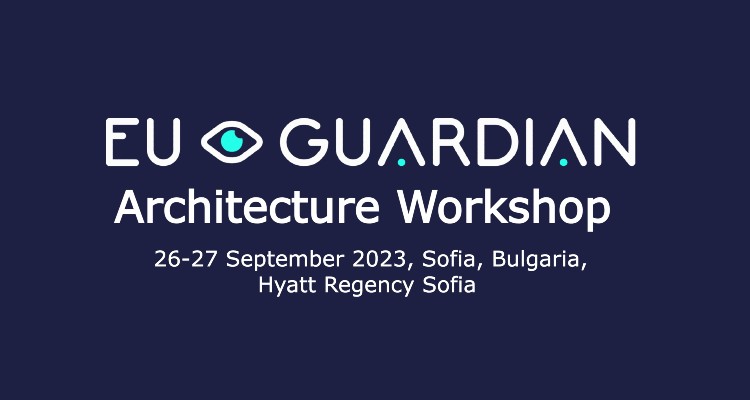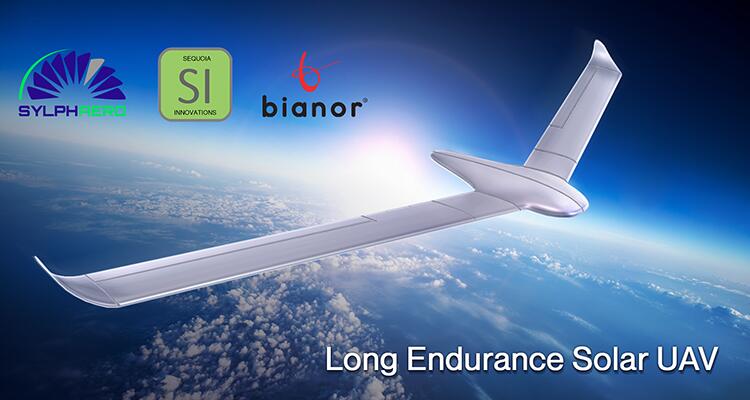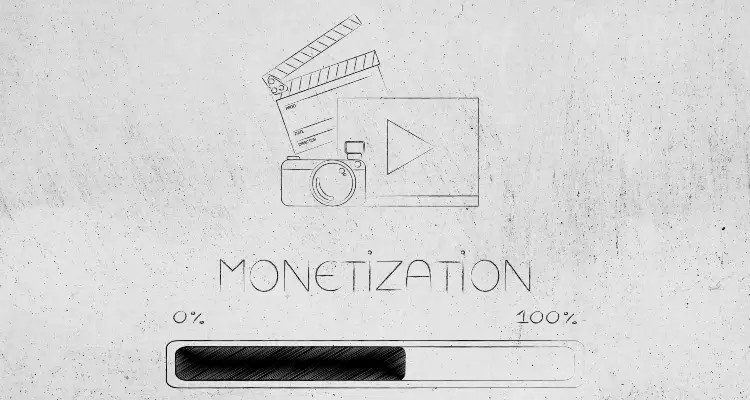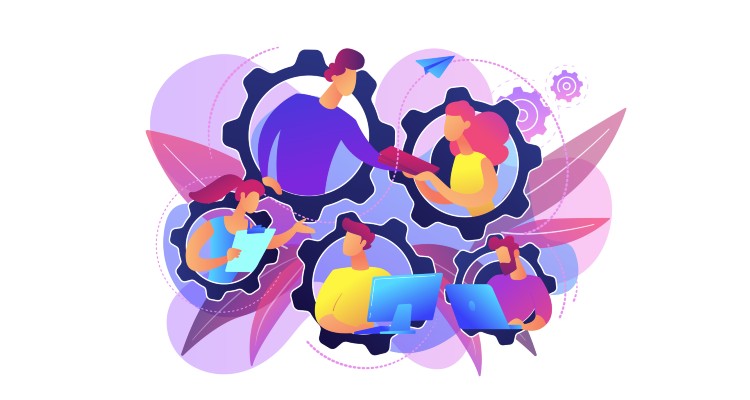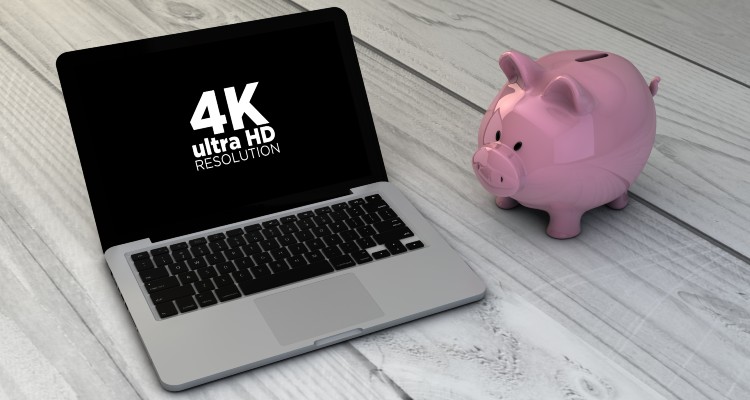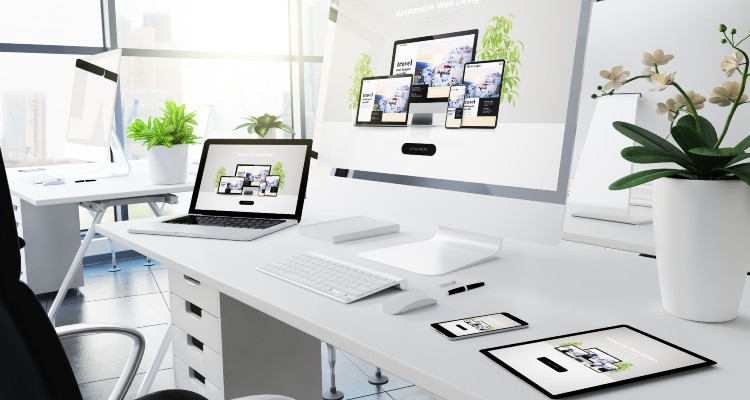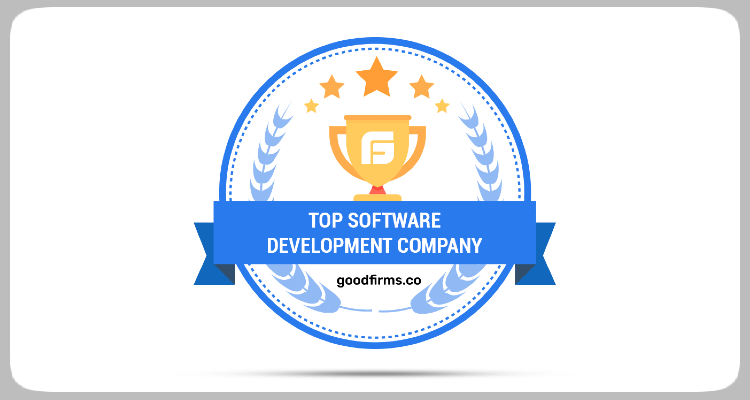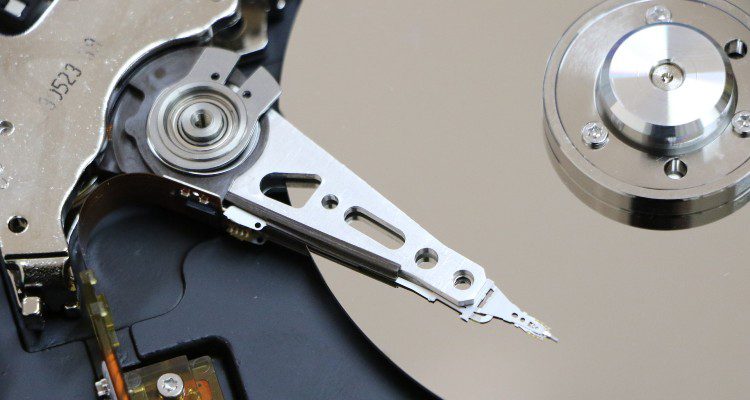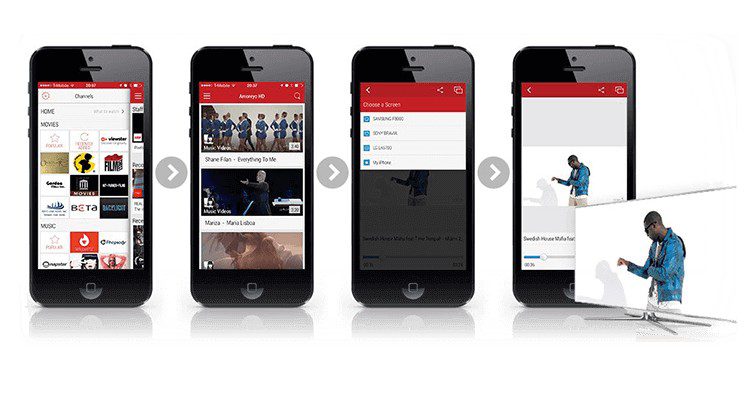6 Key Features that Make an Efficient OTT Platform in 2023
Content Management; Monetization; Streaming Infrastructure; Analytics; Marketing Tools; User Experience

Live video streaming and OTT platforms have been experiencing unprecedented growth in recent years. The COVID-19 lockdowns across the Globe gave an additional boost to their development. This situation made video streaming account for over 80% of the total internet traffic in 2020.
OTT platforms vary from subscription-based streaming services to proprietary custom-made solutions that fit the client’s specific requirements. While the first, generally, are not very flexible, the tailor-made ones take some more time to market (TTM) (although not as much as it used to). What both options have in common are the main features they offer to their customers. Of course, effectiveness, adaptability, and scalability are what make the difference.
Here’s a list of features and tools which, according to our experience at Bianor, are crucial for a successful OTT platform:
- Sophisticated Content Management
- Secure Monetization
- Superior Streaming Infrastructure
- Multilayer Analytics
- Integrated Marketing Tools
- Pleasing User Experience
Sophisticated Content Management
- Content Management
- Media Ingestion
- Video Processing
- Geographic targeting
- Content Management (CMS)
- It caters to various aspects and empowers media operations such as ingest, search, edit, enrich, related image processing, geo-blocking, distribution, and content curation. Besides, it aggregates and unifies metadata from various sources.
- Media Ingestion
- Smooth ingestion and media uploading are essential for any streaming platform. Automated uploading of various video formats from multiple sources and live feed support is a must-have. Pre-built metadata connectors to Amazon S3, Microsoft Azure, REST APIs, MRSS, FTP, and others make media ingestion a smooth and hassle-free process. Also, options for custom integrations via scripting layers and 3rd party SDKs are more than welcome.
- Video Processing
- Video processing includes cloud or on-premises encoding, transcoding, and packaging. It should offer a broad range of supported formats and adaptive bitrate encoding for optimal delivery to any device on any network. The OTT platform should deliver to the end-user video signal with bit rates from 240p, 360p, 720p, 1080p to 4K to keep fluid video streaming. Fast and high-quality streaming, regardless of the viewer’s location and internet speed connection, is a priority.
- Geographic Targeting
- Geographic targeting or geographic streaming provides the ability to empower geo-blocking options for specific content. This feature comes in very handy when the content owner enforces distribution limitations to some Video-on-Demand (VoD) or live-streaming services.
Secure Monetization
Apart from the streaming quality, which might be more critical for OTT platform end-users, is the secure payment. Integration with trusted online payment operators such as PayPal and Stripe is part of the solution. Also, in-app purchasing with Apple, Google, Roku, and Amazon is a very well-welcomed option by the end users.
A flexible streaming platform should offer more than just payments but various billing options. Subscription-based monthly and annual billing, Pay-per-View for premium live events, time-limited movie rentals, and free trials are essential for gaining customers’ trust.
Of course, the coin of monetization has its reverse side. It is called advertising. Advertising allows keeping the streaming service free for the OTT platform end-users. One can achieve this via a VAST/VPAID/VMAP integration with any ad network or via mediation and in-house ads serving through Google DFP. An elegant solution is when the OTT platform offers multiple ad formats and positions to keep them efficient while not disturbing the viewers.
Superior Streaming Infrastructure
The quality of streaming is a crucial success factor. The way to achieve it is by developing an intelligent streaming infrastructure of servers and applications working in synergy. The infrastructure should ensure the reliability, scalability, and security of the stream, as well as compatibility with all end-users digital platforms.
- All-platforms compatibility
- Reliability
- Scalability
- Security
- All-platforms compatibility
- A well-developed OTT platform is accessible via all digital stationery and mobile platforms. In order to reach all potential viewers, it should provide a web app for desktop and mobile browsers as well as native phone/tablet apps for iOS, Android, and Amazon Fire OS. Native TV apps for Apple TV, Android TV, Roku, Amazon Fire TV, Chromecast, and Comcast X1 bring additional value to the user. Out-of-the-box streaming to connected TV sets makes the OTT platform even more appealing.
- Reliability
- The reliability of the OTT platform is another essential success factor. Creating redundancy of all critical paths via satellite downlinks through multiple independent providers and independent video distribution through multiple CDNs is the answer to achieving it. Deployments in geographically distant data centers to guarantee service availability and real-time monitoring for fast issues detection are other means for attaining streaming reliability.
- Scalability
- A well-functioning OTT platform offers easy and fast backend scalability. Horizontal auto-scaling of app and data servers with real-time load triggers and vertical scaling to more powerful instances in minutes are mandatory. Another compulsory feature is a multi-CDN with dynamic layout switching to the best edge server.
- Security
- Streaming over an HTTPS connection is the least an OTT platform should provide for any live stream or VoD service. Chunks encryption with unique keys adds to the security of the stream. The system should give short-lived authorization tokens and allow restrictions to the user’s device, IP, and geo-location. Forensic watermarking applied by real-time tools for live stream leakage protection can save many juridical complications.
Multilayer Analytics
Analytics is the automated feedback that we receive from the end users. It is essential for keeping the OTT platform growing and enhancing the streaming service. The analytics should include average viewing time and total playback time, viewers’ location and demographics, engagement, and device information, but should not be limited only to these.
An OTT platform providing integration with GTM, Google Analytics, GMP, Google Ads, Facebook, Bing, Twitter, Adjust, and Firebase gives a 360° view of the end-user behavior. Custom data collection and clickstream analysis using tools like Amazon Redshift, for example, is a valuable addition to any OTT analytics tools.
Integrated Marketing Tools
Integration of marketing tools is very tightly connected to the analytics feature. Based on the analytics data, the OTT platform should be able to trigger the most proper ads and marketing activities to the correct viewers. The Integrated Marketing Tools include but do not limit themselves to campaign automation, anti-churn tools, and Search Engine Optimization (SEO).
- Campaign Automation
- Anti-Churn Tools
- SEO
- Campaign Automation
- Campaign automation can be handled via Deep Google Ads and Facebook integrations through asset catalogs and e-commerce events. In addition, it is implemented via user-tracking and audience-building across various channels.
- Anti-Churn Tools
- Utilizing anti-churn tools is crucial for keeping viewers who are, by default, nomads and open to experimenting with new OTT platforms. Such tools are marketing automation for user re-engagement and up-sell, early-bird offers and welcome bonuses, virtual PPV currency, and personalized behavior implemented by triggered email and push notifications.
- SEO
- There’s no need to comment on the importance of SEO in the digital world. It makes no difference in the world of OTT platforms, live video streaming, and VoD. SEO includes performance-optimized content structure and delivery; dynamic page building and interlinking; immediate page change announcements to search engines; search engine-friendly page content structure; and last but not least, continuous page auditing.
Pleasing User Experience
It is evident that it is not just about streaming anymore; it is about the experience. The optimal user experience will bring the viewers to the video streaming platform and keep them there. For example, machine-learning engines based on TensorFlow and algorithm classes such as RNN and Hybrid Matrix Factorization can provide smart user recommendations. The users highly value personalized communication via mail or push notifications. Intuitive search and auto-complete are the small add-ons that will bring more delight to OTT platform users.
Conclusion
The feature set of the modern OTT platform providing live video streaming or VoD services is continuously growing. The market competition and the increased audience demands lead to consistent service evolution. To stand out, an OTT platform, whether ready-made or custom, has to offer more and more appealing features. The above-discussed list includes the essential features and functionalities but is incomplete and subject to improvements and future developments.
Video Streaming Lifecycle
Download Bianor’s white paper to learn more about the five most crucial components of video streaming lifecycle.






